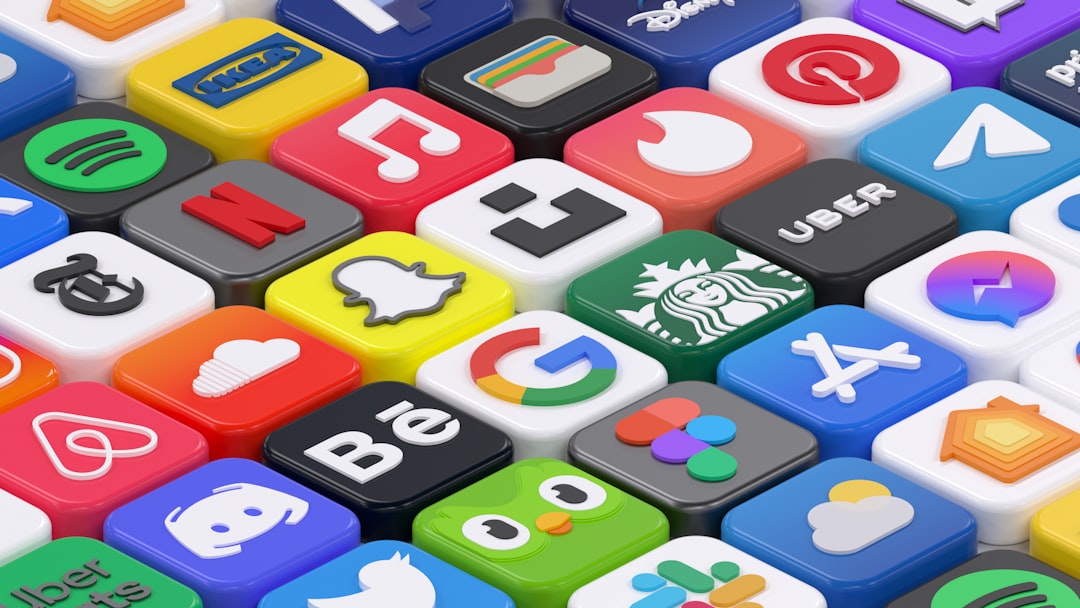In the age of social media, digital conversations are filled with abbreviations and acronyms that sometimes leave people puzzled. One of the most widely used yet often misunderstood terms is “TBH.” Whether you’re scrolling through Instagram, chatting with friends on Snapchat, or reading comments on TikTok, you’ve probably encountered this acronym. But what does “TBH” really mean, and how is it used across different contexts? Let’s dive into this beginner’s guide to understand the origin, usage, and cultural relevance of “TBH.”
Contents of Post
What Does TBH Stand For?
TBH is an acronym that stands for “To Be Honest.” It’s a phrase that people use to express honesty, vulnerability, or candidness. Originally used to prefix a truth or honest opinion, TBH quickly made its way into the mainstream culture, especially among teens and young adults who adopted it as part of their online vocabulary.
Over time, its meaning and usage have evolved significantly. These days, it’s not just about being honest. It can be a compliment, a way to spark a conversation, or even a social trend. But before we get into that, let’s explore how TBH became so popular.
The Origins of TBH
Despite seeming like a product of the social media era, TBH predates Instagram and Facebook. It was first seen in internet forums and messaging apps like AOL Instant Messenger (AIM) and Myspace. Back then, users typed TBH to express truthful opinions or confessions in their messages.
However, it wasn’t until the rise of platforms like Facebook, Tumblr, and eventually Instagram that TBH gained significant traction. Around 2011-2013, teen users began using “TBH” posts as a way to engage socially, exchanging likes and comments for affirming and often kind acknowledgments.

How People Use TBH Today
The beauty of TBH lies in its versatility. Here are some of the most common ways people use it today across different platforms:
1. As a Compliment
One of the most frequent uses of TBH is linked to giving someone a compliment. For example:
- “TBH, you’re one of the funniest people I’ve ever met.”
- “TBH, your art skills are amazing!”
Many teens initiate TBH trends on Instagram stories, saying things like, “Like this for a TBH,” which promises a personalized compliment to the person who interacts with the post.
2. To Express Honest Thoughts
In conversations, TBH is often used before stating something the speaker feels strongly or truthfully about. For example:
- “TBH, I think that movie was really overrated.”
- “TBH, I’d rather stay home than go out tonight.”
This format is true to its literal origin—sharing candid opinions or feelings.
3. In Self-Reflection
Many people use TBH in status updates or captions to share personal revelations. For instance:
- “TBH, I’ve been feeling super overwhelmed lately.”
- “TBH, I need to start taking better care of myself.”
Used this way, it’s a way to invite empathy or support from others.
4. In Jokes or Sarcasm
Sometimes, TBH is used humorously or sarcastically. Here’s how:
- “TBH, I didn’t come here to make friends—I came for the snacks.”
- “TBH, adulting is just Googling how to do things.”
These sarcastic TBHs are a playful way to poke fun at everyday life.
TBH and Social Media Culture
TBH has evolved beyond just an acronym; it’s become a social media ritual. Engagement posts with prompts like:
- “Like for a TBH and rate”
- “Comment for a TBH story mention”
are common, especially among younger Instagram users and TikTok creators. These posts are viewed as a form of social currency, signaling popularity or emotional connectivity.
Interestingly, these trends offer users a chance to reaffirm friendships, flirt, or even patch up past misunderstandings. They can also serve as warm reminders that kindness and appreciation are still cool in the digital realm.
Why TBH Is So Popular With Teens
There are several reasons why TBH has resonated particularly well with teens:
- It’s a form of validation: Giving and receiving TBHs can boost self-esteem.
- It creates engagement: TBH exchanges fuel likes, comments, and connection.
- It builds friendships: A well-worded TBH can spark or strengthen bonds.

Variations of TBH
As language and digital trends evolve, so do variations of acronyms. TBH is no exception. Here are some spin-offs and related terms you might come across:
- LBH: “Let’s Be Honest” – a bolder way to share a more generalized opinion.
- TBF: “To Be Fair” – similar in spirit but leans more into clarification rather than honesty alone.
- TBQH: “To Be Quite Honest” – a more serious or emphatic version of TBH.
These variants carry similar meaning but may be more appropriate depending on tone and intent of the message.
How to Respond to a TBH
If someone gives you a TBH, especially in a public post or story, it’s perfectly natural to wonder how you should respond. Here are a few friendly ways to keep the interaction going:
- Say thank you: A simple “Thanks!” or “That means a lot!” goes a long way.
- Return the favor: Offer a TBH back and keep the good vibes flowing.
- Use it as a conversation starter: If the TBH touched on something interesting, dive deeper and chat!
This digital etiquette not only makes you more approachable but also builds stronger online connections.
When Not to Use TBH
Despite its positive and often playful nature, TBH should be used thoughtfully. Here are a few situations where it’s best to avoid using it:
- In professional settings: TBH is casual and not appropriate for emails or formal messages.
- To deliver harsh truths: Cloaking criticism in a TBH doesn’t excuse the impact of your words.
- With people you don’t know well: Honest opinions can be misunderstood or unwelcome if there’s no prior relationship.
Conclusion
To sum it up, TBH is far more than just an acronym—it’s a digital social tool that encourages honesty, compliments, humor, and even meaningful reflection. While it originated as a simple shorthand for “to be honest,” it has grown into a cultural staple, especially among youth navigating an ever-evolving landscape of online communication.
So, the next time you see a TBH on your feed or receive one in your DMs, take a moment to appreciate the small yet powerful role it plays in fostering connection and kindness in our digital lives. TBH—it’s a trend worth understanding.

